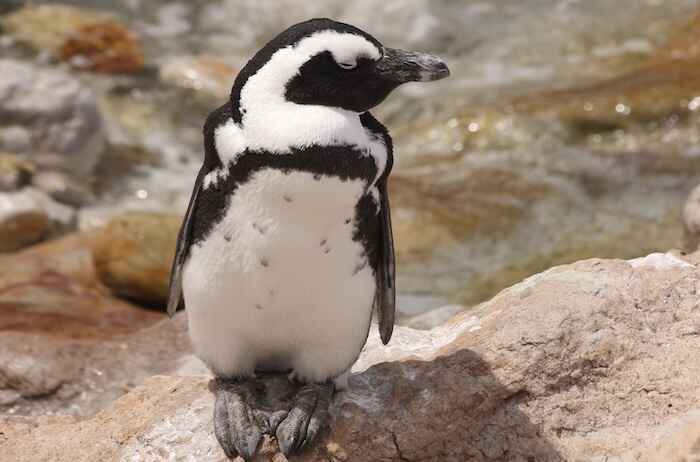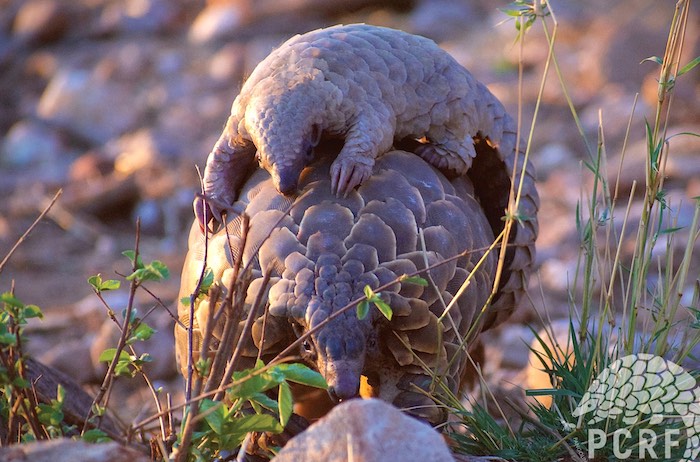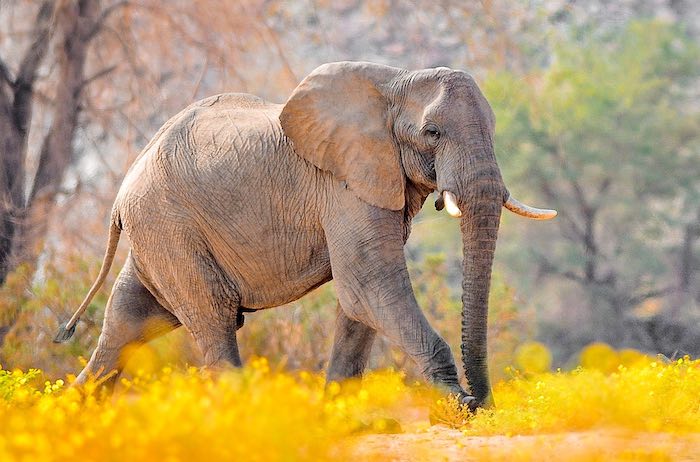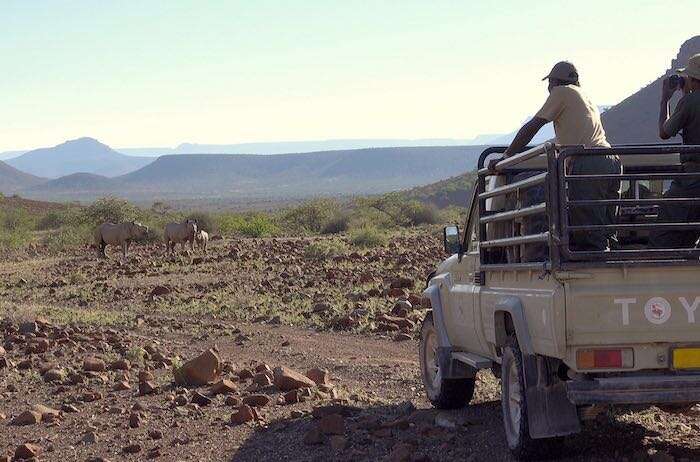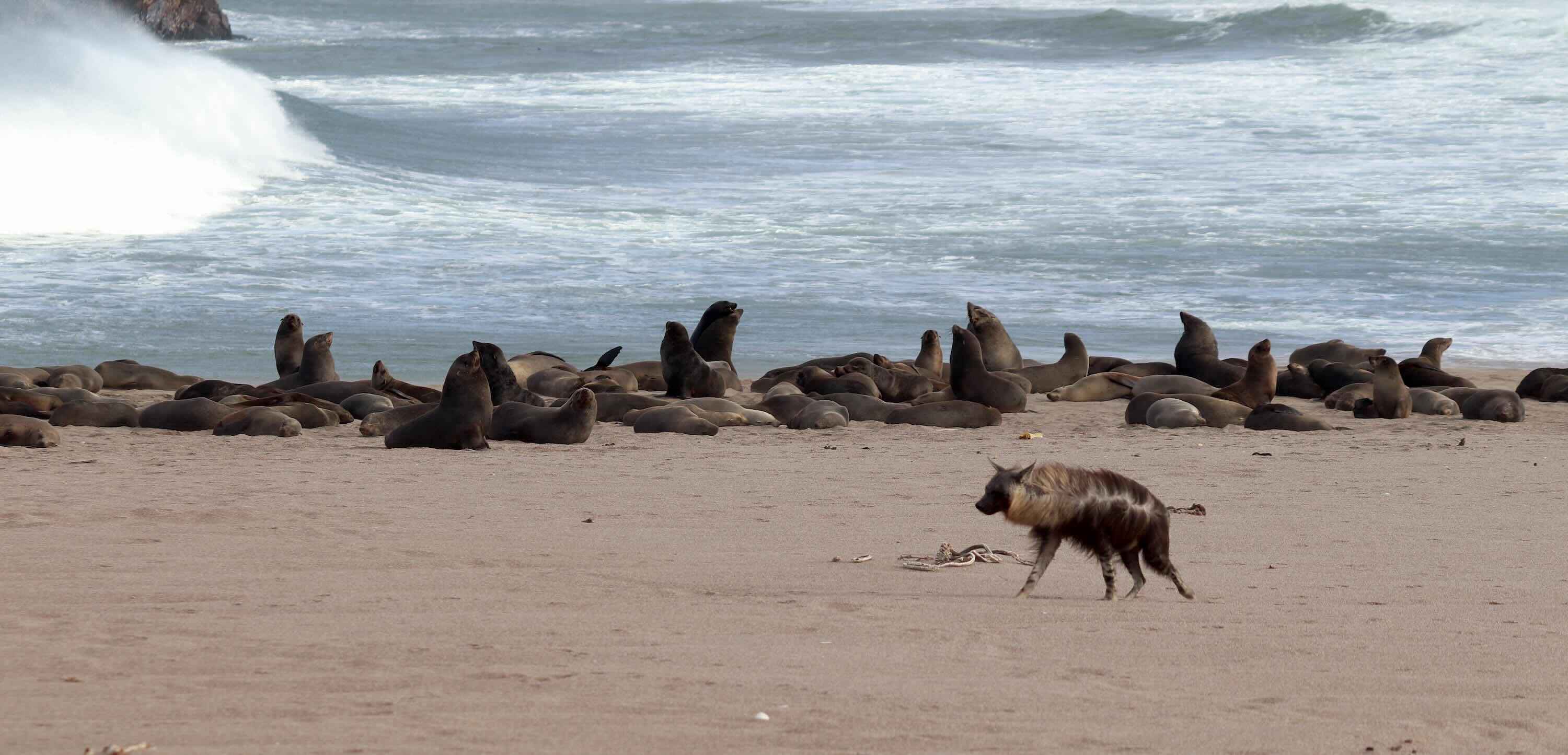
Brown hyaena vs. Cape fur seal: An epic struggle and a first for science
16th November 2025
16th November 2025
Tivat, a female brown hyaena, was afraid of seals when she first encountered them. Over a few months, she learned to kill seal pups—not unusual for a brown hyaena. Just one year after her first encounter with seals, Tivat did something that (to our knowledge) no other brown hyaena has achieved: she killed an adult Cape fur seal!
To understand this achievement, you need to know a little more about brown hyaenas. Every carnivore textbook will tell you that they are primarily scavengers, with only 6-16% of their meals coming from things they have killed. They are known to eat snakes, insects, and even fruits and vegetables!
The hyaenas living along the coastline of Namibia are renowned for killing seal pups, and probably hunt more than their inland relatives. Nonetheless, they prefer taking pups that are sleeping or not paying attention to their surroundings. The unsuspecting seal pup is quickly dispatched with a crushing bite to the head.
Dr Marie Lemerle of the Brown Hyena Research Project thought she had witnessed all of the brown hyaena's hunting strategies, until Tivat showed up. I've spent over 3,000 hours watching brown hyaenas foraging near seal colonies,
she says, sometimes they pretend to be sleeping to get the pups to relax and forget that a predator is there; other times they dash into the colony and grab any pup that is too slow to get away.
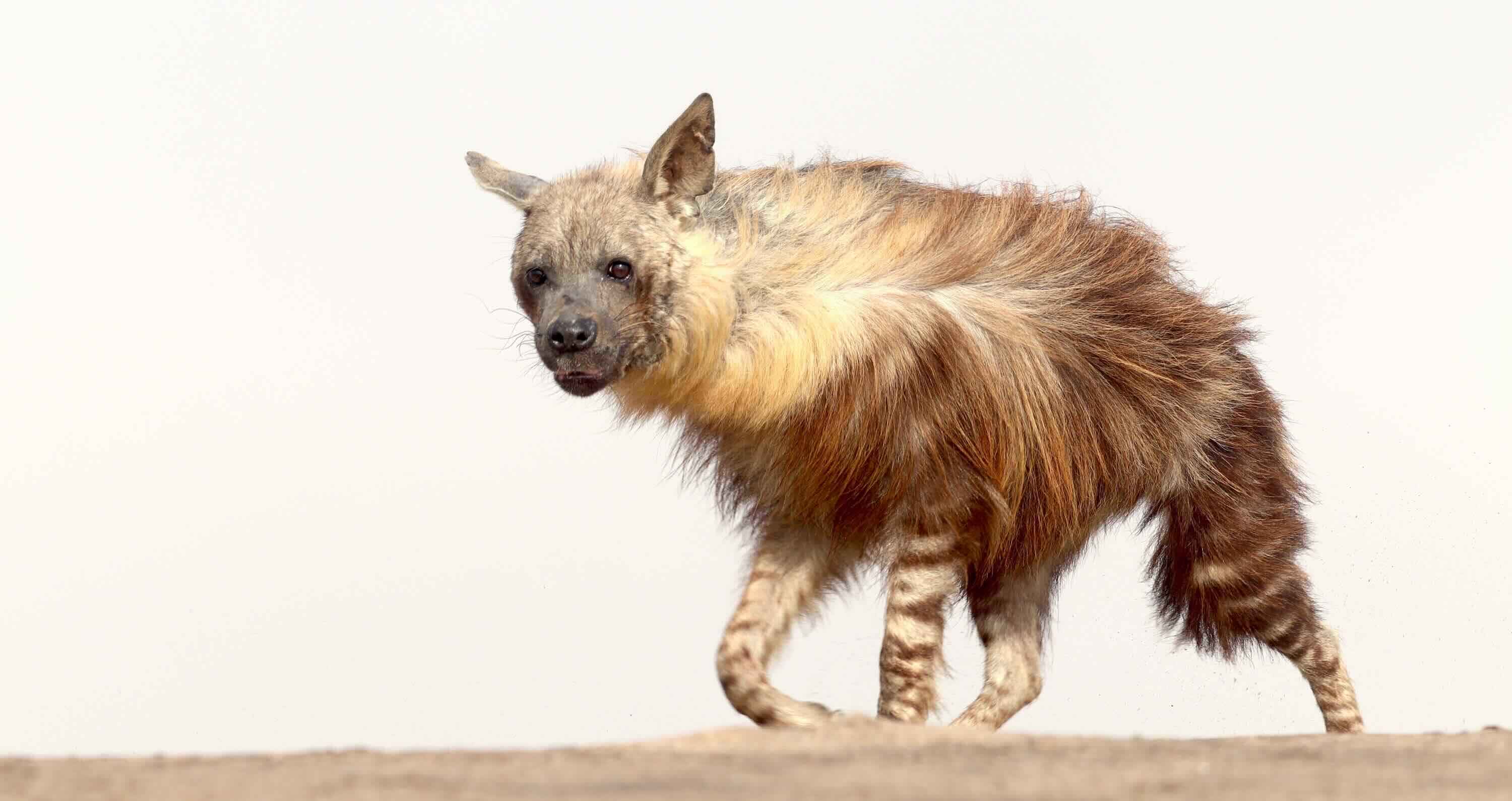
When Tivat first showed up at the Baker's Bay seal colony south of Lüderitz, she was an unlikely candidate for pushing the boundaries of hyaena hunting abilities. She was extremely skittish when we first spotted her in October 2023,
Lemerle recalls, she even ran away from the seals!
The research team has since discovered that this hyaena most likely originates from an area without a seal colony, which explains her unusual nervousness.
In May 2024, after several months of visiting the seal colony, Tivat discovered what many other hyaenas had before her: seal pups are quite easy to kill. By January 2025, she had become a prolific pup-killer, managing to take 12 of them in just over an hour of hunting.
Yet Tivat had already set her targets on bigger prey: I was amazed to witness her trying to take down an adult female seal during October 2024, but unsurprised that her hunt was not successful.
After 90 seconds of struggling, the seal managed to escape. Dr Lemerle's assumption that Tivat was being overly ambitious is based on her knowledge of the species and extensive personal observations.
Brown hyaenas have never before been recorded taking down prey larger than themselves. Hyaenas only weigh 50 kg maximum, while the average weight of a female Cape fur seal is 57 kg (the massive male seals weigh over 240 kg). Only lions are known to successfully hunt adult Cape fur seals from the land, as recorded by Dr Philip Stander on the Skeleton Coast. Lions are way above brown hyaenas in the predator pecking order, so surely Tivat's dream of killing an adult seal was unrealistic?
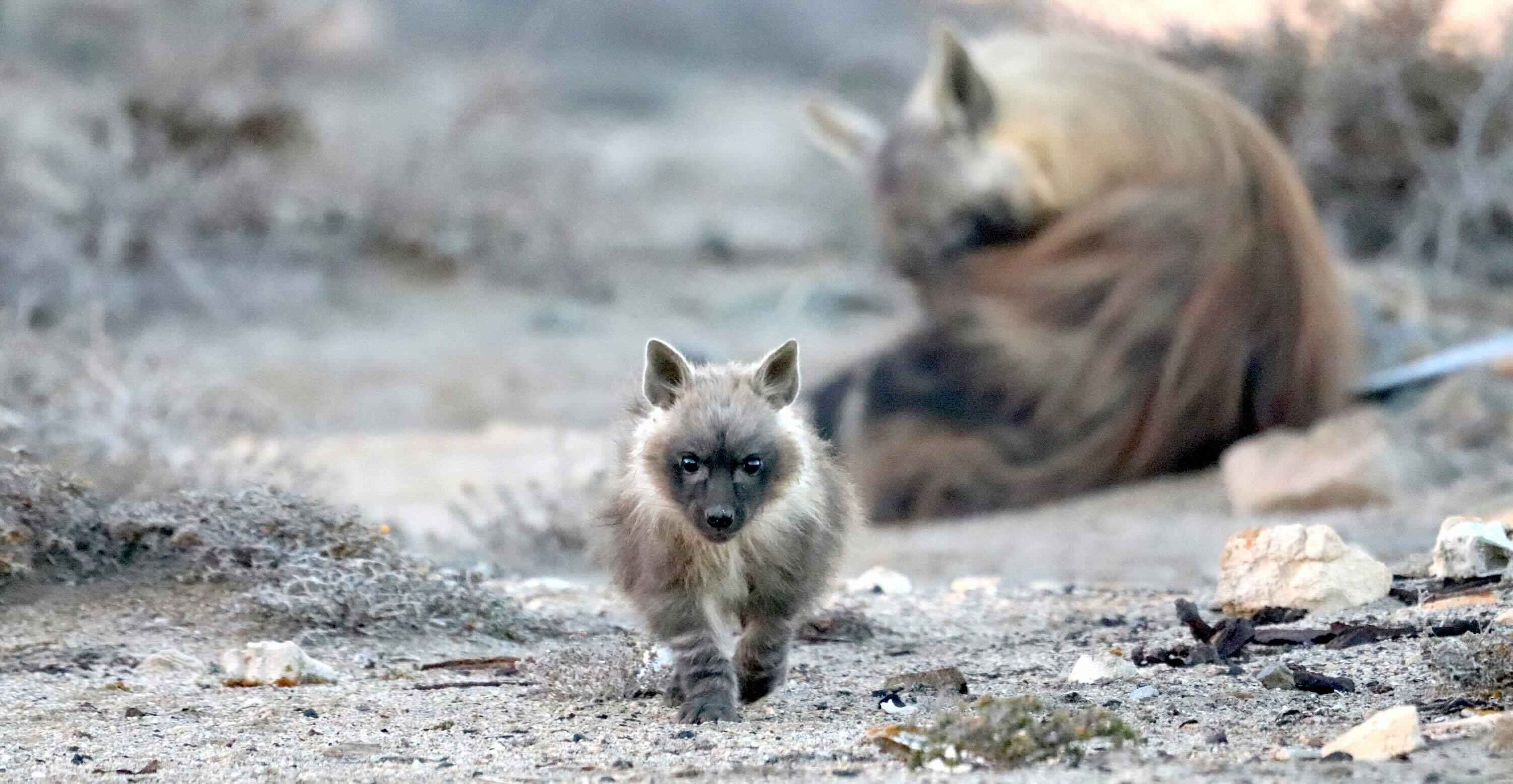
That assumption was shattered on July 9, 2025. Lemerle and Natacha Anglade (a Master of Science student) spent the whole day at Baker's Bay seal colony, watching from different vantage points. Their patience paid off, as they witnessed something that no scientist had before.
Tivat arrived at the colony in mid-morning and started creating havoc among the seals. She ran up to each group of seals in turn, causing most of them to flee into the sea. Sometimes, the seals would charge back at her, ‘knowing' that they are too big for a brown hyaena to subdue. One struggle lasted only three seconds before the seal freed itself from the hyaena's grip.
Tivat was undaunted and tried her luck with four seals that day. Her fourth attempt earned her the ultimate prize. The final victim initially lunged at Tivat, but it seems that the hyaena had learned how to fight during the previous struggles and latched onto the seal's neck. We filmed the battle from our distant observation points, but we knew it would soon be over when blood spurted from the seal's carotid vein,
Lemerle remembers this brutal, fascinating scene clearly. It took about eight minutes from the first attack to the seal's last breath.
As it turns out, this incredible feat wasn't a once-off event. Tivat has since killed at least one more adult seal, and the researchers noted that the most recent kill was highly efficient. It seems like she is specialising in taking adult seals due to the lack of pups in the colony at this time,
observes Lemerle, it will be interesting to see if other hyaenas will learn her hunting tactics.
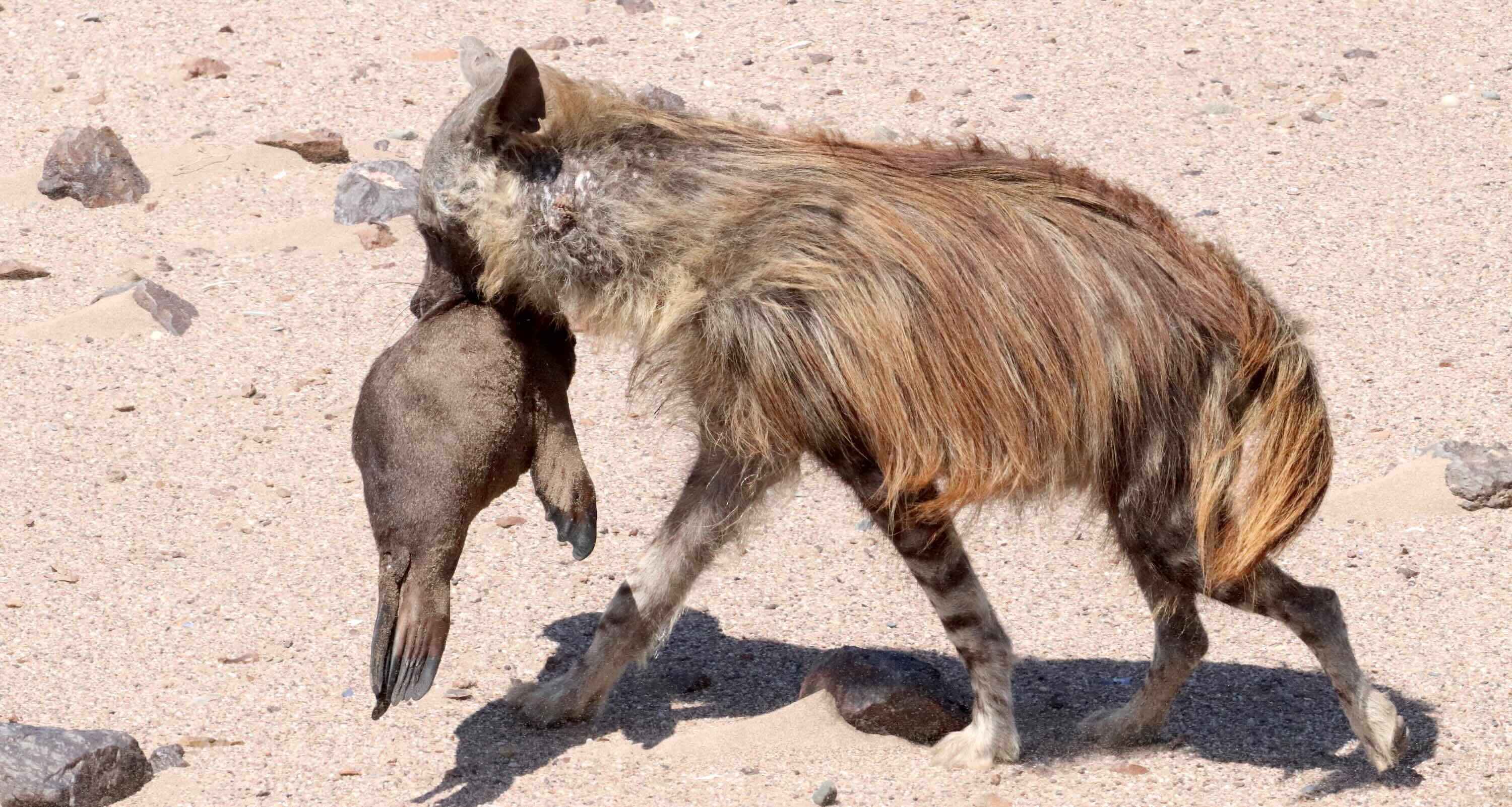
To learn more about this remarkable hyaena, the Brown Hyena Research Project fitted Tivat with a GPS collar in August 2025. While we were collaring her, we estimated her age at 10-12 years old, and she weighed 43 kg, making her seal-hunting feats even more impressive!
Lemerle and the research team hope to learn more about Tivat and her clan. Since brown hyaenas from the same clan often forage separately, it is challenging to determine which clan they belong to solely by observing their hunts. With GPS data, the researchers are likely to find the clan's den where they raise their cubs, and thus identify Tivat's clan mates.
This discovery demonstrates the value of long-term observational research, where scientists simply watch their subjects and record their behaviour. It also shows what we can learn when animals are not disturbed by human presence. These brown hyaenas inhabit the Tsau ǁKhaeb (Sperrgebiet) National Park, which is off-limits to all but a select few researchers and permit-holding visitors. The researchers watch the hyaenas from a distance to ensure that their presence isn't influencing the hyaena or seal behaviour.
As Tsau ǁKhaeb opens to the public with plans for tourism, the impacts on the animals that have lived with minimal human presence need to be minimised as much as possible. This is possible with well-managed tourism, says Lemerle: If there are a limited number of vehicles operating in the area, we can work with them to establish best practices for viewing hyaenas and seals.
Rule-breakers are relatively easy to identify and report when there are few of them.
If the Park is opened up for industrial development, however, such rules and regulations are likely to be trampled, along with the unique plants found here. The plans to produce hydrogen in this area include large industrial plants, solar panels, wind turbines, pipelines, roads, and pylons. With so many people involved in the construction and maintenance of such infrastructure, it will be impossible to limit their disturbance of wild animals, not to mention the plethora of other impacts of this ill-conceived idea.
While concerns about the future of Tsau ǁKhaeb National Park remain in the background, the hyaena researchers will continue to study this resilient and adaptable carnivore. Tivat may even be a pioneer of new hyaena behaviour if others start copying her methods. Follow the Brown Hyena Research Project on Facebook for future updates about Tivat and insights into the lives of these remarkable coastal carnivores.

For articles on similar topics, please click one of the following options:
If you enjoyed this page, then you might also like:
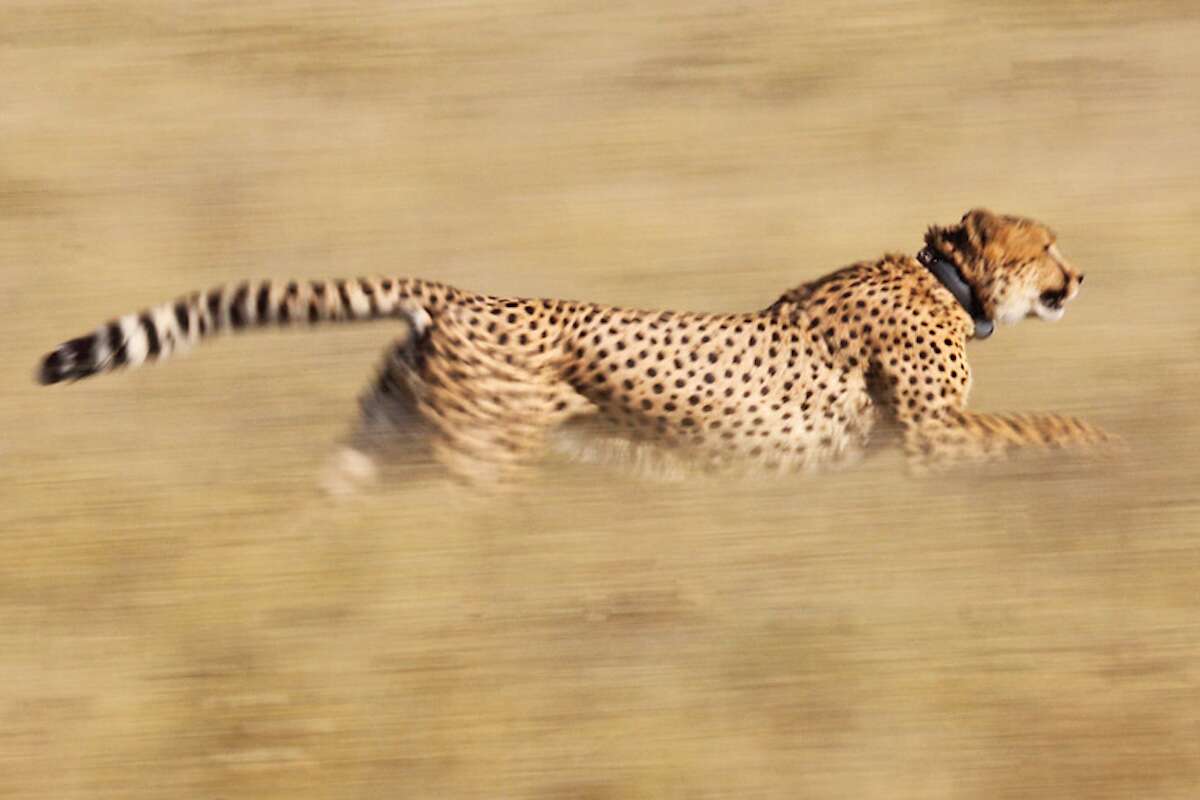
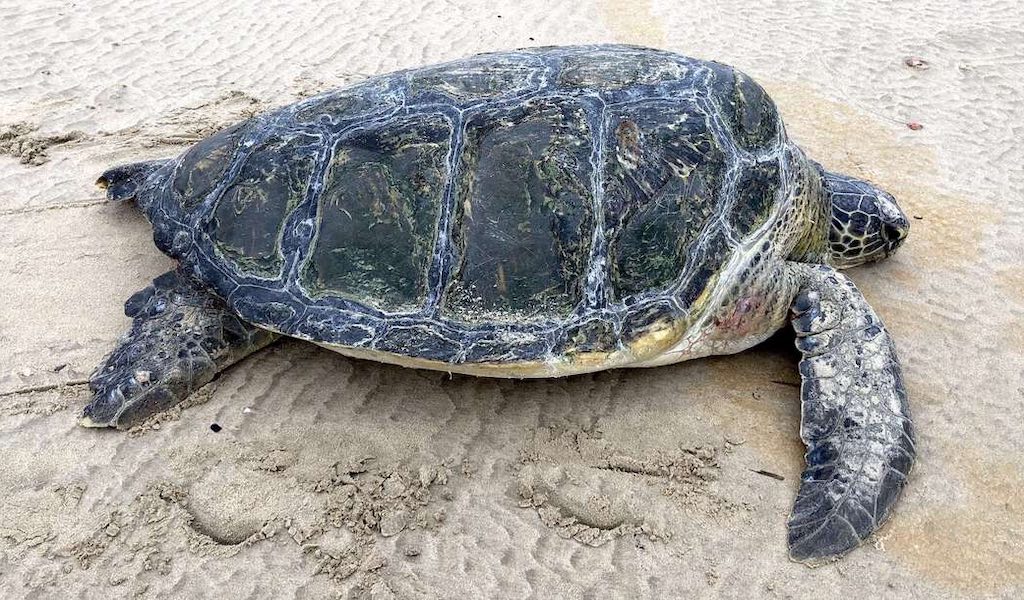
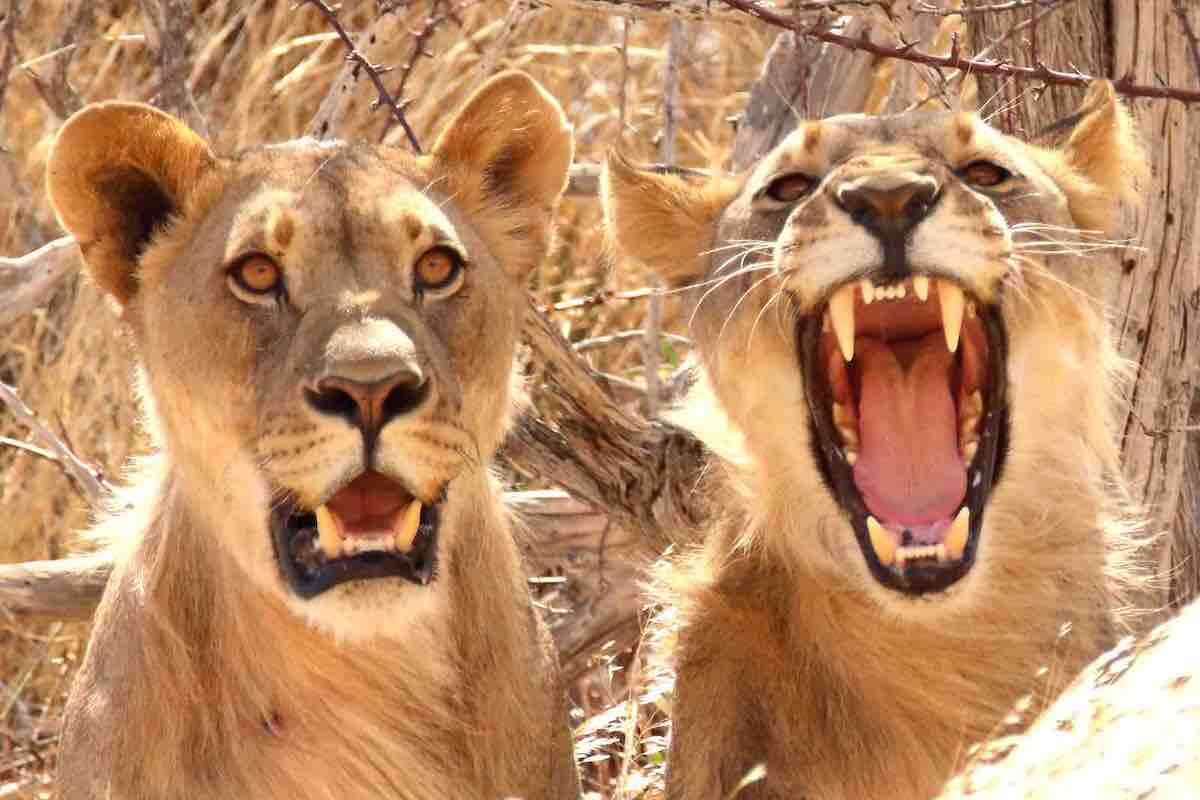
For more great articles from Conservation Namibia see below...
Conservation Namibia brought to you by:
We use cookies to monitor site usage and to help improve it. See our Privacy Policy for details. By continuing to use the site, you acknowledge acceptance of our policy.
